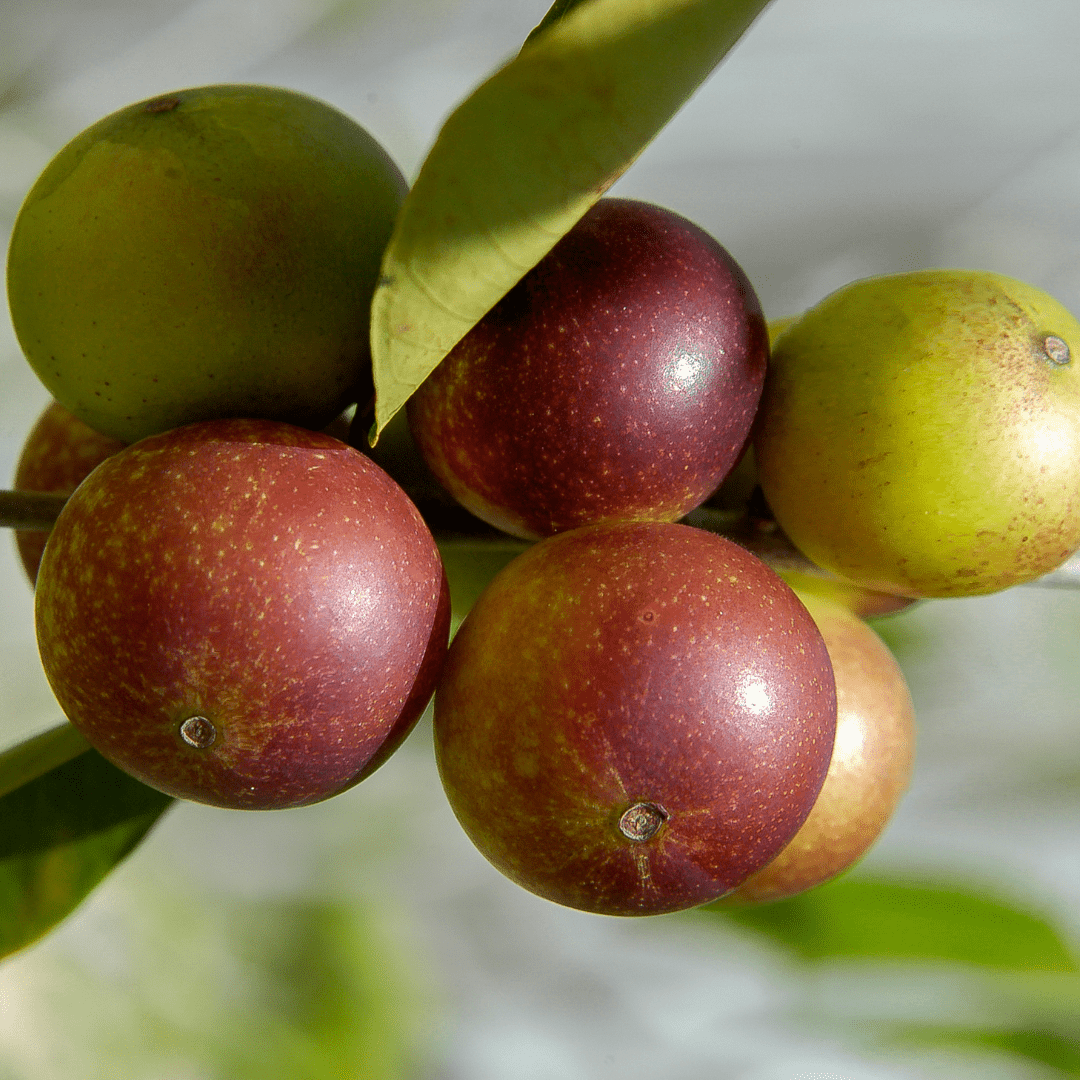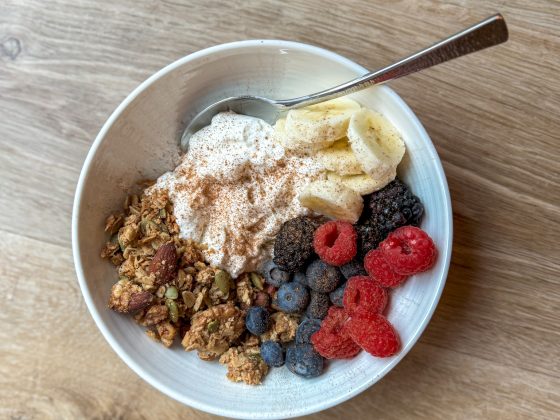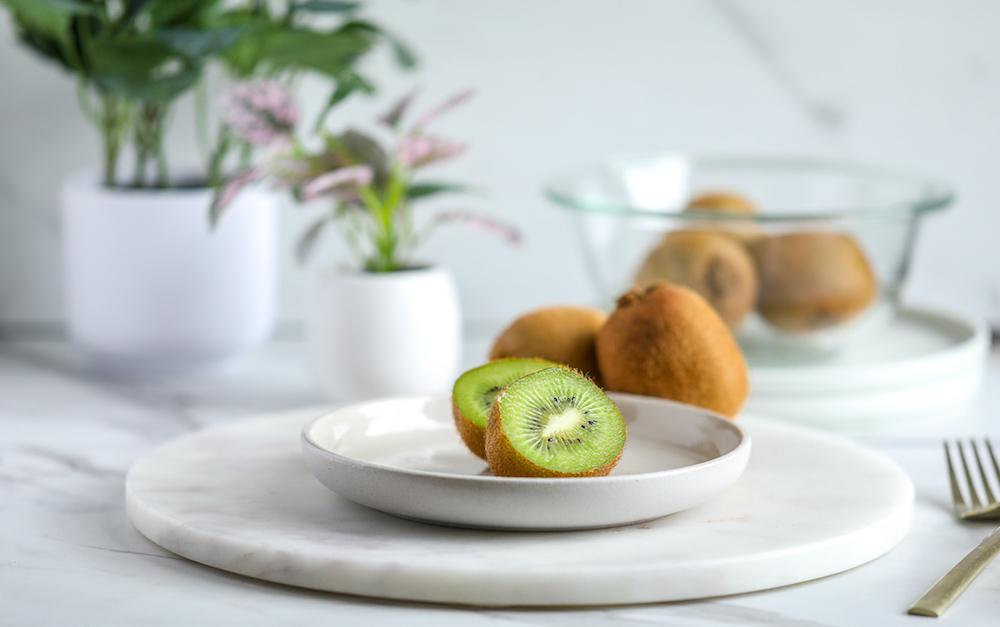“Superfoods” doesn’t describe an actual food group, but rather a catchy and trendy term for foods with amazing health benefits for your body and mind. There isn’t an official list for what is and isn’t a superfood, though the American Heart Association has a comprehensive overview for people looking to add more to their diet.
The best part about exploring a diverse array of foods in your diet is there are always some you haven’t tried, or maybe even heard of, to keep your recipes fresh and exciting. Check out these 5 superfoods you may not be familiar with (yet):
1. Camu Camu
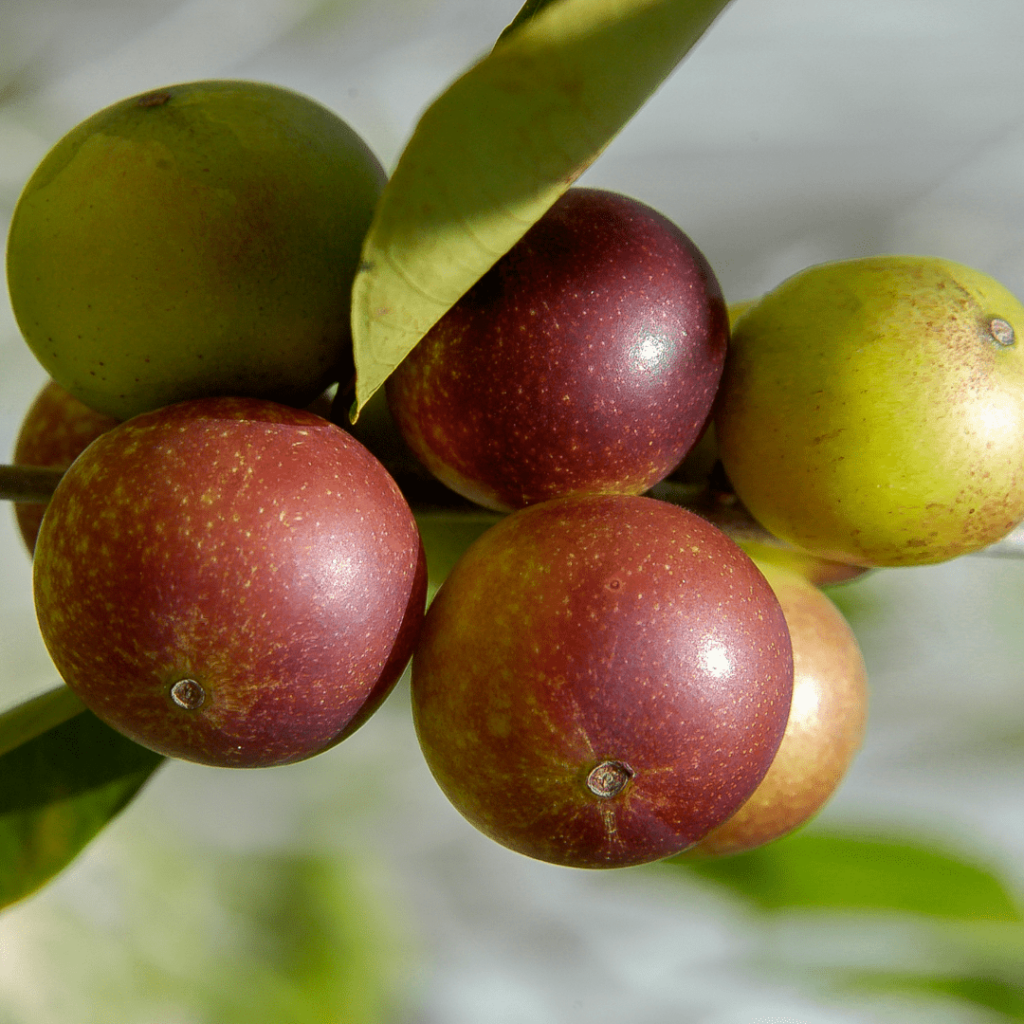
These tart berries native to the Amazon rainforest have a cherry color but don’t taste nearly as sweet. For this reason, you may want to mix them with other foods, such as adding them to smoothies, or buy a powder form to integrate into recipes.
They have multiple health benefits, including higher levels of Vitamin C, antioxidants, and anti-inflammatory properties. One study had participants drink camu camu juice, revealing that after just 7 days, participants had significantly lower levels of inflammatory markers. This is a quick and powerful change that they didn’t see with control groups consuming other forms of Vitamin C, such as tablets. There’s something about those berries!
2. Limequat

So you know what a lime is. You may also know what a kumquat is (if not, it’s an edible, orange-ish South East Asian fruit). But have you ever heard of a limequat? This unique cross fruit, made from a key lime and a kumquat, results in a beautiful colored fruit that has an edible peel, and the typical flavor and smell of a key lime. Some people prefer to remove the seeds, which are a bit more bitter, and to use slices of the raw fruit in salads, or eaten alone. These also make for a fun garnish (and conversation piece) for drinks, sides, and other dishes. Their high levels of Vitamin C combat infection and build immunity, and make for improved skin, as well as potentially lowering blood pressure through their potassium. Much of the nutrition of both a limequat and kumquat hide in the skin, so don’t be too quick to discard it like you would an orange.
3. Hubbard Squash
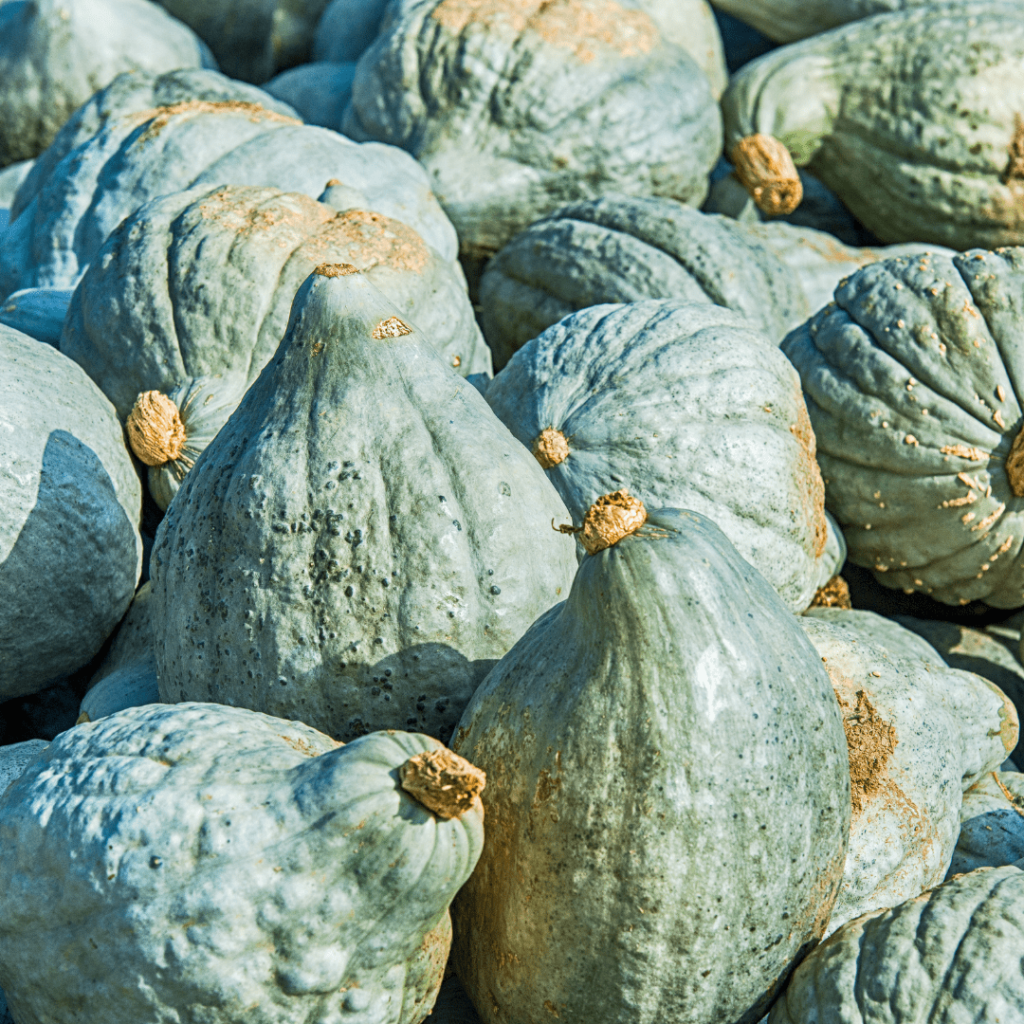
Winter squashes have many sizes, shapes and varieties, but one of the least well-known and most nutritious is the Hubbard squash. It has a hard and firm exterior, usually in a green/grey/blueish color, that just makes you think of the dreary days of winter. But inside is a fleshy pumpkin-like texture that is not only edible but incredibly healthy.
Vitamin A is one of the squash’s main bragging points nutritionally, as well as beta-carotene, an antioxidant known to help with many conditions including asthma. This type of squash is also high in potassium and fiber.
If you are new to cooking with any type of squash, consider integrating it into a pasta dish, or pairing it with kale.
4. Kamut
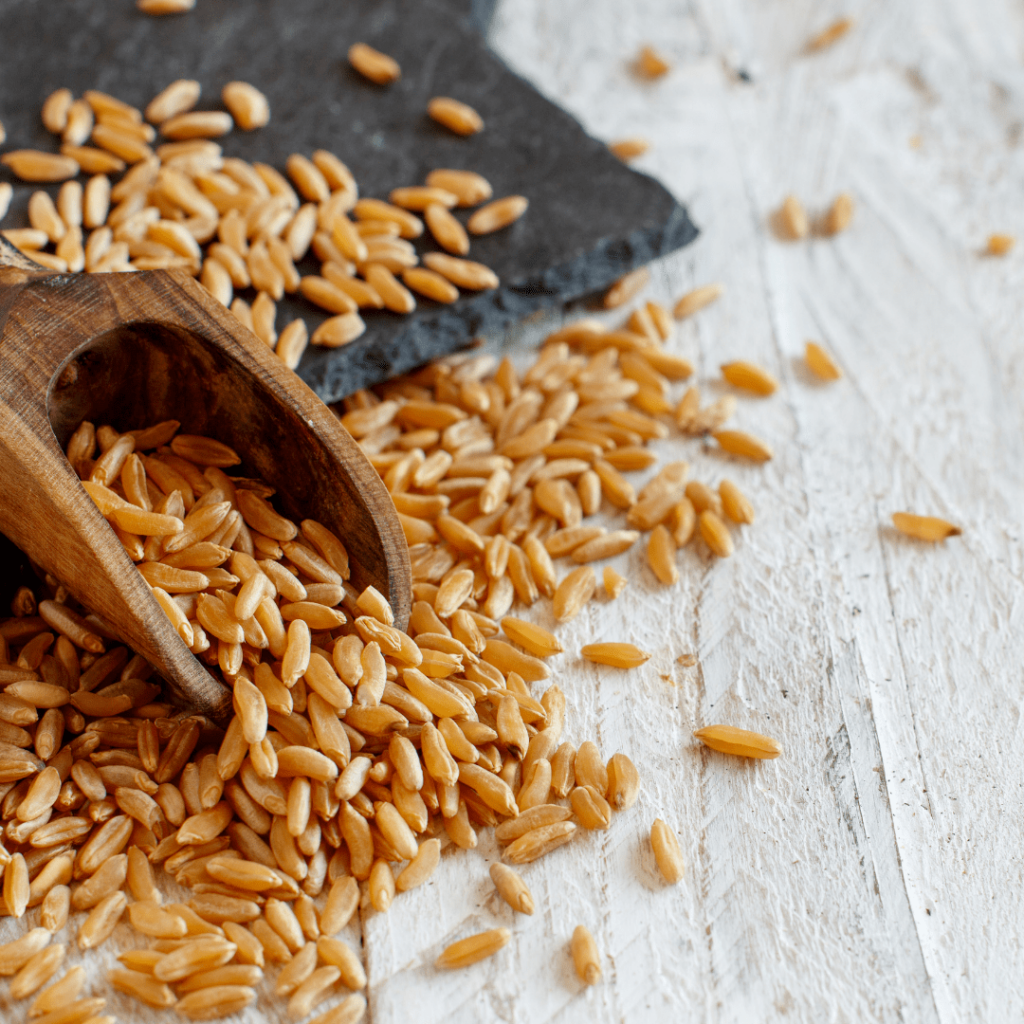
If you are looking for a nutritional superpower to replace wheat, Kamut may be your ticket. It has a nutty and buttery flavor, and is much lower in calories and carbs than wheat, but serves the same purposes. While it does contain gluten, there are some reports that people who are gluten-sensitive are able to tolerate Kamut anyway. It is also higher in protein and fiber, making for an all-around healthier choice.
Kamut boasts an array of mineral including selenium, copper, manganese, and more. Like some of the other superfoods above, it has a solid amount of anti-inflammatory and antioxidant properties, protecting against degenerative diseases.
5. Fenugreek

Made in a variety of forms, from seeds to pills and more, fenugreek is a Mediterranean spice with a variety of health benefits. Some pregnant and lactating people may recognize it for its popularity in promoting increases in breast milk, especially in the earlier days after a baby’s birth. Results vary, and some say it’s more of a placebo effect for that purpose.
It also stimulates insulin production and slows the absorption of sugar, WEB MD reports. The leaves are sometimes eaten in India as a vegetable, and in spice form it has a maple syrupy taste. Try a stew or soup as an easy way to start integrating this superfood.

